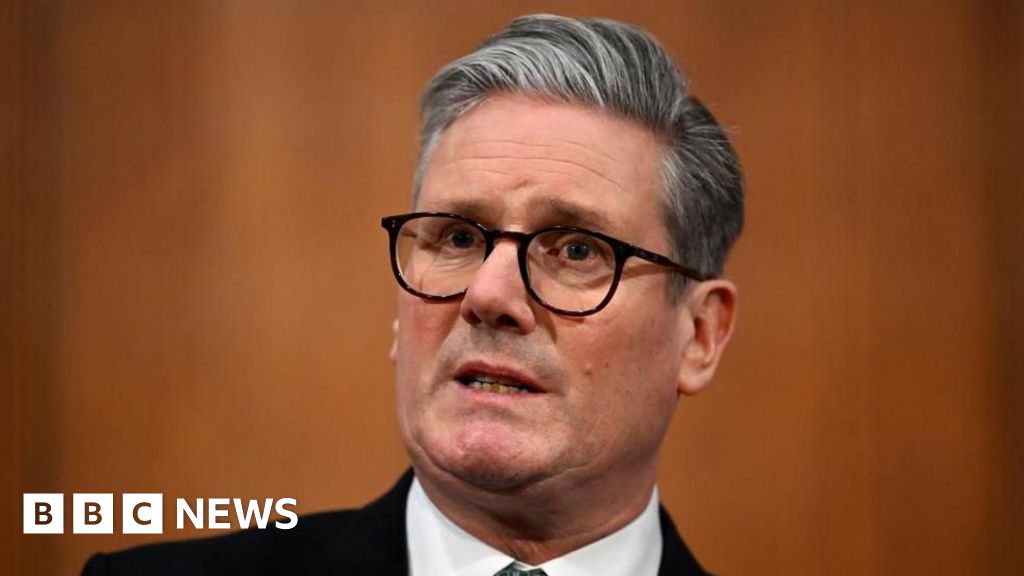
BRUSSELS (AP) — On Wednesday, U.S. Defense Secretary Pete Hegseth will make history as the first member of the newly established Trump administration to meet with NATO officials. The primary focus of this visit is to address how the U.S. aims to shape the ongoing conflict in Ukraine.
This visit coincides with the upcoming third anniversary of Russia’s full-scale invasion. Many U.S. allies are increasingly concerned that should Russian President Vladimir Putin achieve victory, he may not halt his ambitions at Ukraine’s borders, thus posing a significant threat to their national security amid Europe’s largest land conflict in decades.
President Donald Trump has expressed a desire to swiftly bring the war to an end, citing concerns about the financial burden it places on American taxpayers. However, some allied nations fear that a rushed agreement might result in unfavorable conditions for Ukraine.
During his trip, Hegseth will first participate in a meeting of the Ukraine Defense Contact Group at NATO’s headquarters in Brussels. This forum was established by former Defense Secretary Lloyd Austin in 2022 to rally international support for arms and military supplies for Ukraine.
In the past three years, approximately 50 nations have collectively contributed over $126 billion in military aid and weaponry to Ukraine. This week, however, marks the first instance where the gathering will be hosted by a different country, the United Kingdom.
No decisions have yet been made regarding the leadership of future meetings. Hegseth is not expected to announce new military support for Ukraine and will not hold individual discussions with Ukrainian officials. Instead, he will be focusing on gathering insights during the meetings, including the NATO defense ministerial session scheduled for Thursday, according to a U.S. official.
When asked on Tuesday about the possibility of U.S. troops being deployed to Ukraine to monitor weapons shipments, Hegseth confirmed that no U.S. forces would be sent into the country.
“The Secretary will reaffirm President Trump’s commitment to achieving a diplomatic resolution to the war in Ukraine as swiftly as possible while emphasizing the importance of enhanced European leadership in supporting Ukraine’s security,” the Pentagon stated prior to Hegseth’s departure.
The 31 NATO allies are eager to learn about the new Trump administration’s approach to the world’s largest security alliance. Previous tensions arose when Trump suggested he might withdraw defense support from any member that failed to meet NATO military spending guidelines.
NATO operates under the principle that an assault on one member constitutes an attack on all, prompting a collective response. This principle of collective security is one that Ukraine seeks to solidify.
A senior NATO diplomat commented that “a constructive dialogue with the new U.S. administration would be the most significant outcome” from this meeting, alongside a U.S. commitment to fully support Ukraine in the ongoing conflict.
The diplomat spoke on condition of anonymity, which is customary among many member nations that provide briefings to the media regarding recent developments before NATO meetings and summits.
Trump’s national security advisor, Mike Waltz, indicated over the weekend that “European nations must take responsibility for this conflict moving forward. President Trump plans to resolve it. In terms of security assurances, this responsibility will largely rest with Europe.”
Discussions regarding Ukraine’s security requirements and defense budgets are scheduled for Thursday. Since Putin’s invasion, European allies have significantly increased their military expenditures, with 23 nations projected to meet or surpass the 2% of GDP defense spending target set last year.
Yet, a third of NATO members fall short of this benchmark, and Trump is likely to address these discrepancies once again. Recently, he advocated for NATO allies to boost defense spending to 5% of GDP, which no member nation has achieved yet—though Poland is the closest at over 4% and is anticipated to near 5% this year.
Speaking with reporters in Germany on Tuesday, Hegseth did not commit to a U.S. increase in defense spending to 5% of GDP. He asserted that the U.S. should invest more than during the Biden administration and “should not dip below 3 percent.”
He noted that any final determinations would be left to Trump but emphasized the need for fiscal responsibility given the current economic constraints. Currently, the U.S. allocates about 3.3% of its GDP for defense.
NATO officials estimate that member countries would need to spend around 3.5-3.7% of GDP on military budgets to effectively implement newly formulated defense strategies in the event of an attack on allied territories.
The alliance’s leaders are expected to finalize new spending guidelines during their upcoming summit planned for June 24-26 in The Hague.
___
Copp contributed reporting from Washington.









